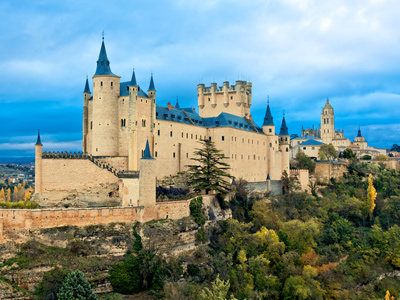
Language - Spanish Easy Review Summary
This language Spanish Easy Review quiz will be a review summary of what you have studied and learned in Spanish thus far. What that means is that you are almost at the very end of this academic series of quizzes.
In all, there has been a total of 100 Spanish Easy Review academic quizzes. The academic quizzes will then be followed by a series of an additional 50 picture review quizzes. Hopefully you will find the picture quizzes to be extremely enjoyable as these will test your memory of objects using their Spanish names. Before getting to the picture quizzes, however, you do need to finish up the academic quizzes.
Ready for more?
not all...
quizzers. Try to win a coveted spot on our Hall of Fame Page.







